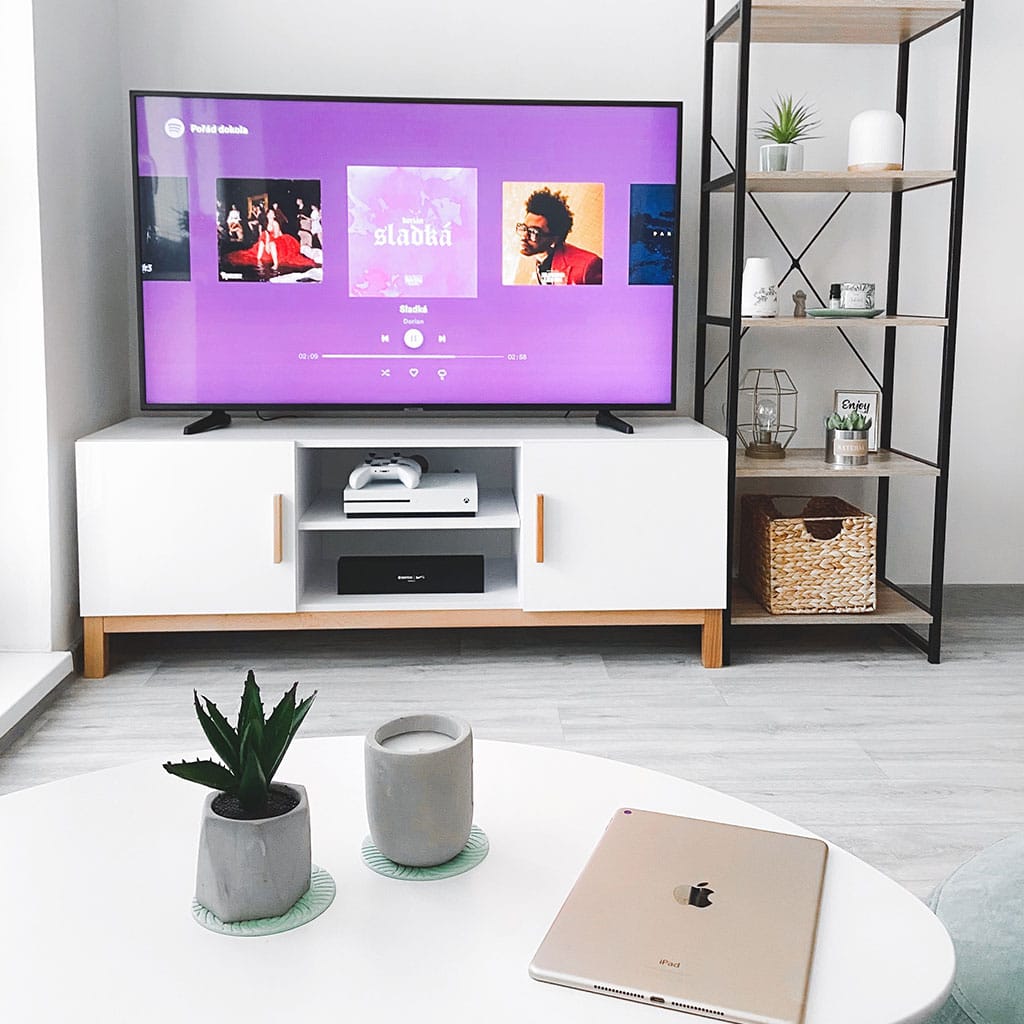How to connect iPad to TV wirelessly without Apple TV
How to connect iPad to TV wirelessly without Apple TV
Explore alternative methods to effortlessly stream content from your iPad to your television, even if you don’t have an Apple TV. Learn how to enjoy your favorite movies, presentations, and more on the big screen using wireless connectivity solutions.
Discover the ultimate hack: connect your iPad to your TV wirelessly, no Apple TV needed!
Connecting your iPad to a TV wirelessly without using an Apple TV is entirely possible with various alternative methods. Here’s a comprehensive guide on how to achieve this:
- Chromecast or Chromecast Built-In TV: If you have a Chromecast device or a TV with built-in Chromecast support, you can use it to mirror your iPad’s screen wirelessly. Install the Google Home app on your iPad and connect it to your Chromecast. Then, use the app’s “Cast Screen” feature to mirror your iPad’s display on the TV.
- Miracast-Compatible TV or Adapter: Some TVs and adapters support the Miracast standard, which allows for wireless screen mirroring. Check if your TV is Miracast-compatible. If it is, enable the screen mirroring option on your iPad (usually found in the Control Center) and connect to the TV’s Miracast network.
- Samsung Smart TV: If you have a Samsung Smart TV, you can use the built-in “Smart View” feature to wirelessly mirror your iPad’s screen. Both devices need to be on the same Wi-Fi network. On your iPad, access the Control Center, tap on “Screen Mirroring,” and select your Samsung TV.
- Roku Device: Some Roku devices offer a screen mirroring feature that works with compatible iOS devices. Enable screen mirroring on your Roku device and initiate it from your iPad’s Control Center.
- Amazon Fire TV Stick: If you have an Amazon Fire TV Stick, you can use the “AirPlay & Cast” app from the Amazon Appstore to mirror your iPad’s screen wirelessly.
- Third-Party Apps: There are various third-party apps available on the App Store that facilitate wireless screen mirroring. Examples include “AirServer Connect” and “Reflector.” Download and install these apps on both your iPad and your TV-connected device, and follow the instructions to establish a connection.
- DLNA-Certified Devices: If your TV supports DLNA (Digital Living Network Alliance), you can use DLNA-certified apps to stream media from your iPad to the TV. Apps like “Plex” and “MediaConnect” are designed to work with DLNA-compatible TVs.
Each of these methods involves slightly different setup processes, so be sure to consult the user manuals and guides for the specific devices and apps you’re using. With these alternatives, you can enjoy your iPad’s content on the big screen without the need for an Apple TV.
What is Chromecast, and how can it be used to connect an iPad to a TV wirelessly?
Chromecast is a media streaming device developed by Google that allows you to wirelessly stream content from various devices, including iPads, to your TV. It’s a small dongle that plugs into an HDMI port on your TV and connects to your Wi-Fi network. Chromecast essentially acts as a bridge between your TV and your iPad, enabling you to display content from your iPad’s screen on the TV.
To use Chromecast to connect your iPad to a TV wirelessly:
Setup Chromecast: Plug the Chromecast device into an available HDMI port on your TV. Get ready to transform your entertainment experience with Chromecast! Simply follow the step-by-step instructions on your screen and easily connect it to your Wi-Fi using the user-friendly Google Home app on your trusty iPad.
Connect Your iPad: Make sure your iPad is on the same Wi-Fi network as your Chromecast. Open the app you want to cast from (e.g., YouTube, Netflix, Google Photos), and look for the Cast icon (a rectangle with Wi-Fi waves in the corner). Tap the Cast icon and select your Chromecast device from the list.
Start Casting: Your iPad’s screen or the content within the app will start displaying on your TV. You can play videos, show photos, or browse websites, and the content will be mirrored on the TV. While casting, you can control playback using your iPad as a remote.
Stop Casting: When you’re done, simply tap the Cast icon again in the app and select “Stop Casting” or “Disconnect.”
Chromecast is a convenient way to enjoy your iPad’s content on a larger screen without the need for cables or additional hardware. It’s worth noting that while Chromecast can mirror the content of some apps, not all apps support casting, so compatibility may vary.
Any troubleshooting steps for wireless connection issues?





You must be logged in to post a comment.